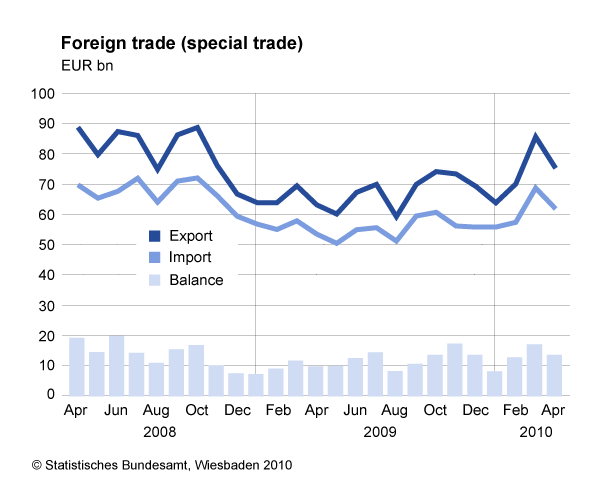Ever since the Deepwater Horizon oil spill billions of dollars have been wiped out from the market cap of BP. The stock price is down about 44% year-to-date. Currently BP has a dividend yield of 11.51%.
From the Journal’s story titled “BP Should Resist Slashing Dividend “:
“Following Tuesday’s letter signed by 31 members of Congress calling for BP to suspend dividends, the company’s stock, yielding 11%, now appears priced for a deep cut. Yet there are good reasons why BP should resist these demands, at least for now. The consensus estimate for BP’s operating cash flow this year is $34 billion. Capital expenditure and acquisitions swallow $28 billion and dividends another $10.5 billion, leaving a deficit of $4.5 billion. Even then, year-end net debt would be about $31 billion, equating to 22% of total capitalization.
BP’s target “gearing” ratio is up to 30%, implying extra debt capacity of about $17 billion. That is about the same as the top end of the first year’s pretax cleanup costs estimated in the Credit Suisse report cited in the congressional letter. So BP can likely handle the costs without touching dividends.”
Despite the low stock price and high yield, many investors are likely to stay away from BP until the picture gets clearer.There are too many known unknowns such as legal costs, liability limit issues, claim costs, dividend cuts, political pressures, etc.
Many other foreign oil companies have been beaten down in recent weeks due to the BP disaster. This presents some good opportunities to pick up high quality stocks in this sector.
The following seven foreign oil stocks have dividend yields of more than 4% as of June 10, 2010:
1. YPF SA (YPF)
Argentina
Current Dividend Yield: 7.48%
2. Ecopetrol SA (EC)
Colombia
Current Dividend Yield: 4.57%
3. Petrobras Energia SA (PZE)
Argentina
Current Dividend Yield: 4.93%
4. Statoil ASA (STO)
Norway
Current Dividend Yield: 4.59%
5. Repsol YPF SA (REP)
Spain
Current Dividend Yield: 6.36%
6. ENI SpA (E)
Italy
Current Dividend Yield: 6.85%
7. Total SA (TOT)
France
Current Dividend Yield: 6.88%
